| Fundamentals are always important over the long term. That said, it has become quite clear that company financials are not what’s moving this market. As you’ll see in the following chart, QE has been boosting the S&P 500 since 2009. If fundamentals mattered then the words and decisions of central bankers wouldn’t be the most important headlines. We’ve all seen the charts that compare the S&P 500 and the fed’s balance sheet. Since 2009, the correlation is almost perfect QE and zero interest rate policies are forcing people to chase for yield. It’s completely unfair to repress interest rates because it punishes savers. Right now, it’s expensive to hold cash because of inflation and low interest rates. By holding down rates, the fed is masking the risk of financial assets. People who would otherwise keep their money in a savings account are buying high yield bonds and stocks because they want to maintain their purchasing power. The following chart shows that the spread between high yield bonds and treasuries has been in decline since the financial crisis. This is a result of a high demand for income generating assets. n sum, the fed’s policies have caused stock prices to diverge from economic reality. Real median household income has been in decline since the late 90s. In contrast, stock prices have rallied dramatically since the financial crisis in 07-08. The purpose here is not to prove that the S&P 500 is going to drop 86% like it did from 1930 to 1932. What we’re going to consider is the psychology behind the markets. I feel as though the markets have tended to move in similar waves because of how people think about stocks. Every market cycle is characterized by similar emotions such as greed and fear. The next chart depicts a market psychology cycle. At this point, it’s hard to dispute that we’re in the mid-late stages of the mania phase. Simply put, the economic fundamentals do not support stock prices. Often times, in the later stages of a bull market stocks will melt upwards before falling abruptly. The next chart courtesy of www.bloombergbriefs.com compares today’s market with the 1929 crash and the Nikkei’s 1989 collapse. It’s important to note that the rate of increase in stock prices – was higher right before the subsequent fall. In other words, the slope was steepest immediately before the eventual downturn. In the next section we’re going to look at some momentum stocks – they’re stocks whose prices are so disconnected from their financials that no one really knows how much they’re worth. What’s interesting that a lot of these companies are exhibiting the same patterns that are often seen with bubbles. Before we continue let’s talk about the Williams %R Indicator. It is a momentum indicator that is commonly used to indicate overbought or oversold conditions. However, through learning the HPTZ Methodology I have considered another perspective. When the indicator reaches extreme levels (-20/-80) it suggests positive or negative pressure on the market that has been shown to sustain runs or trends. If you examine the writings of Williams he discusses the use of the indicator as overbought or oversold only after an extreme has been reached and after a certain number of bars have passed. First let’s take a look at $LNG. On the monthly chart we can see that Cheniere has been ramping up for a while now. Furthemore, the monthly williams %R has been trending up steadily for years. On the weekly chart the red arrows indicate 4 different slopes. Each new slope is steeper than the last which means that $LNG’s price is increasing at a faster rate. The Williams %R on the weekly is still above -20 which is indicative of positive pressure. The hourly chart shows that $LNG continues to rise steadily. On the daily chart we can see that the daily Williams %R is showing signs of positive pressure at -15.53. The next company that we’re going to look is is $CELG. On the monthly chart it looks as though it almost went vertical. Furthemore, the monthly Williams %R – which is at -49.02 – hasn’t fallen below -80 since the beginning of 2011. The weekly chart shows that after rising steadily from 2009 to the end of 2012, $CELG begin a rapid ascent at the beginning of 2013. It has pulled back since the beginning of 2014 and the Williams %R is at -99.21; this is the first time it has been below -80 since the summer of 2013. The hourly chart shows that Celgene has been selling off for a little over a month or so. On the daily chart we can see that after an orderly rise from April of 2013 to the beginning of 2014, $CELG has now fallen off a bit. Celgene is now falling at a faster rate and the Williams %R has fallen below -80 remains in a downtrend. The last company we’re going to look at is Gilead Sciences. It’s rapid ascent is best captured by the monthly chart. The monthly Williams %R is now at -38.42 – the lowest it has been since early 2012. On the weekly chart we can see that $GILD began to accelerate at the beginning of 2013. The recent downfall has sent the weekly Williams %R below -80 for the first time since the fall of 2012. On the hourly chart we can see that $GILD has been in a downtrend since the beginning of march. The daily chart shows that the Williams %R is at -92.83 and hasn’t been above -20 since late February. $LNG, $CELG, and $GILD are three examples of stocks that have made tremendous gains over the past few years. The takeaway point is that many stocks are trading above what most people would consider reasonable valuations. A lot of the time, these companies aren’t even profitable. On a trailing twelve month basis, $LNG hasn’t made a profit in the last 5 years. Both $CELG and $GILD are profitable, however their stock prices are growing at a much faster rate than their cash flows and net income are. Is this the top? There’s no way to tell. Do some areas of the market look like past bubbles once did? Without a doubt. The last step up before the fall is often characterized by a feeling that the market is invincible. Despite the S&P’s incredible run, it cannot continue to rally forever. Eventually, economic fundamentals will matter again and when that happens it’s likely that the market will sell off. George Santayana once said that “those who cannot remember the past are condemned to repeat it” |
Wednesday, April 9, 2014
Welcome To The Casino
by Shane Obata
See the original article >>
Subscribe to:
Post Comments (Atom)







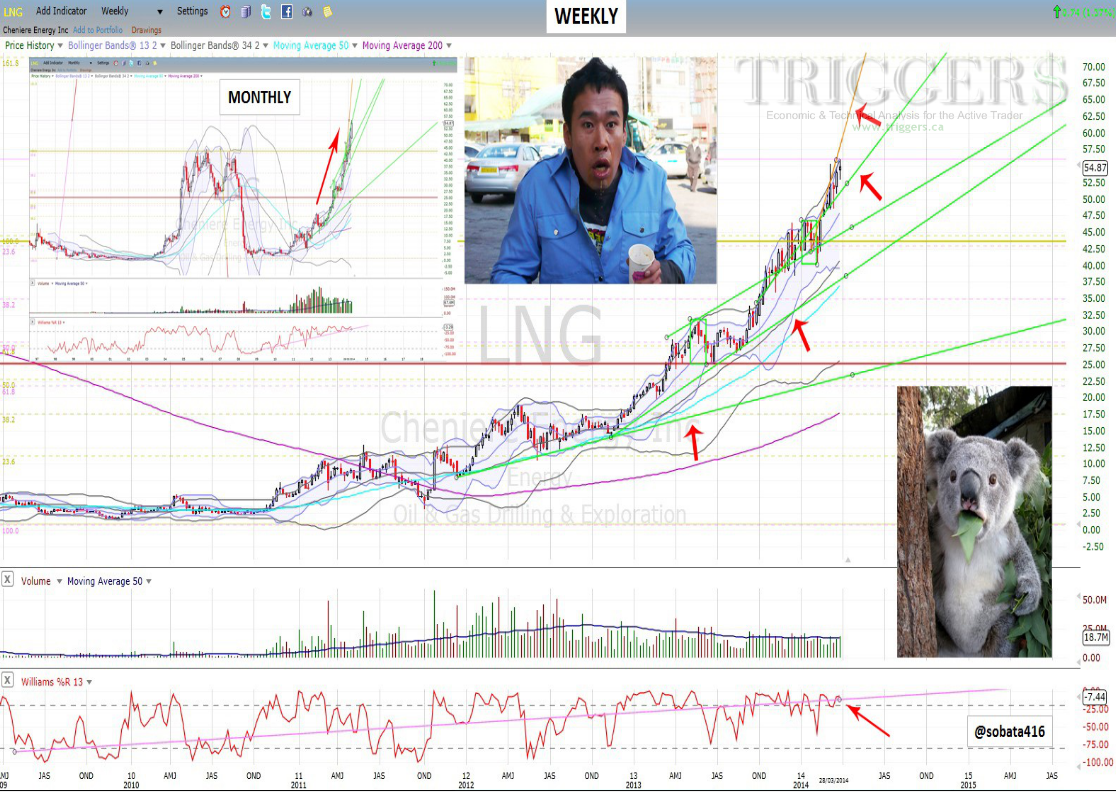
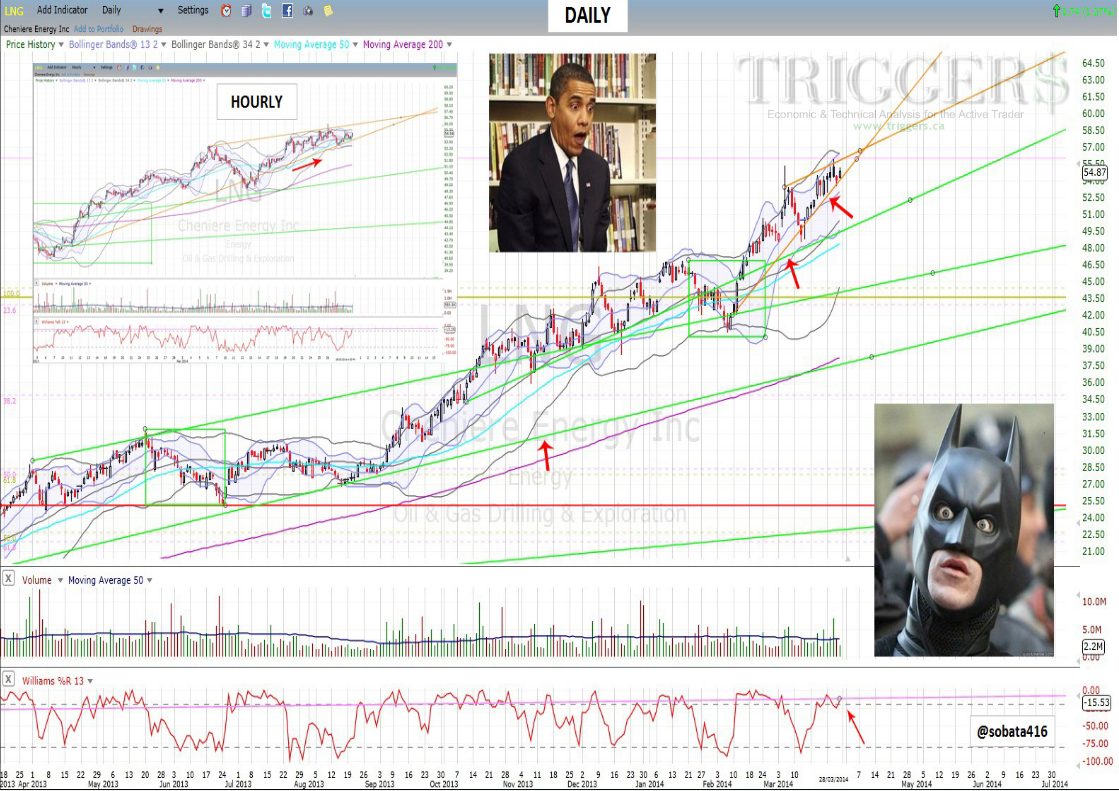
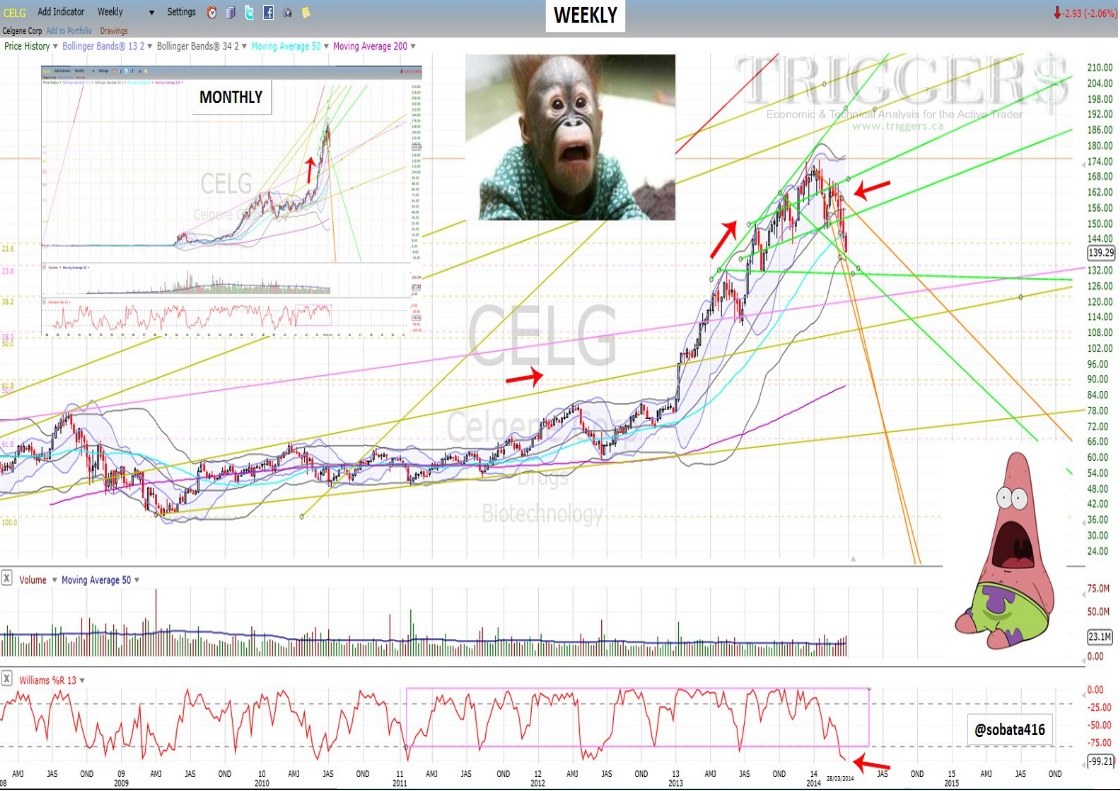
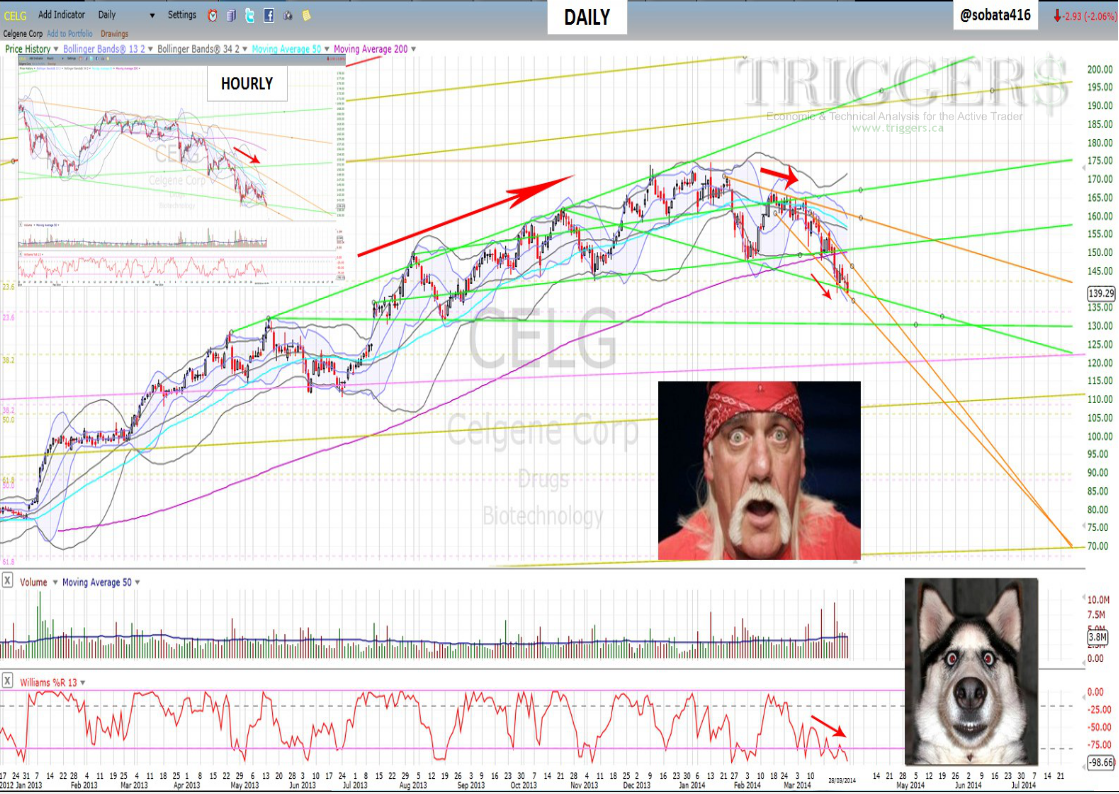
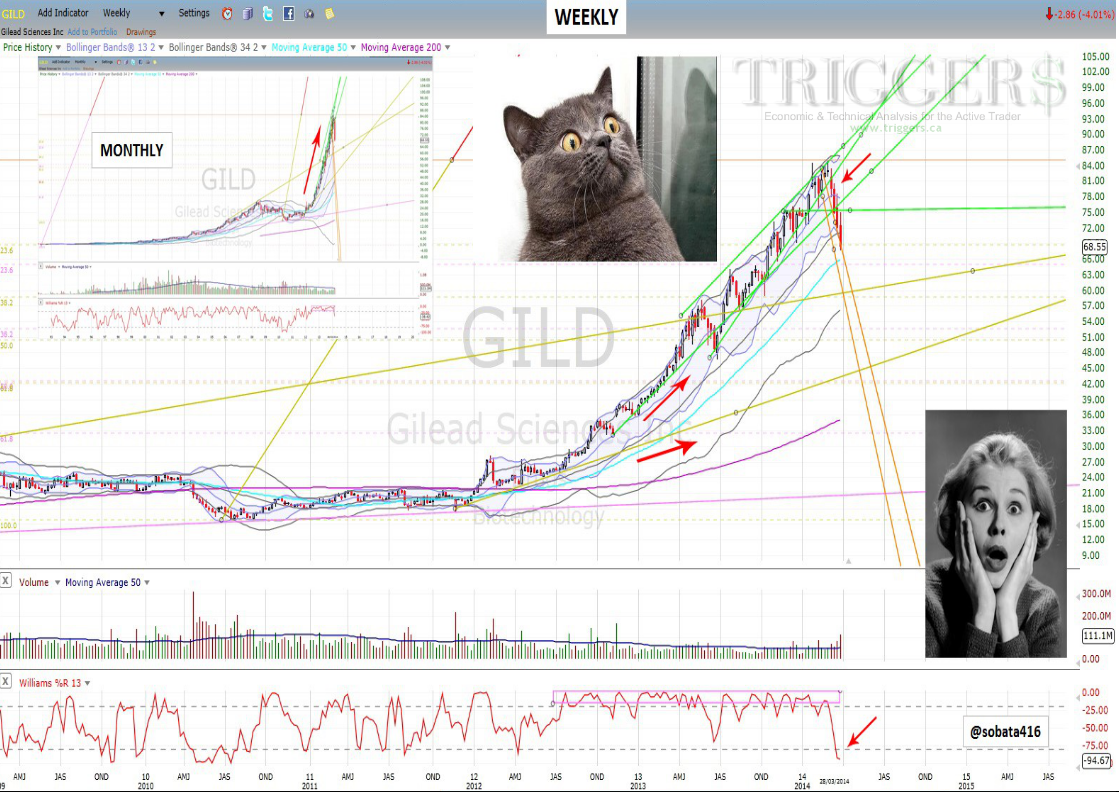
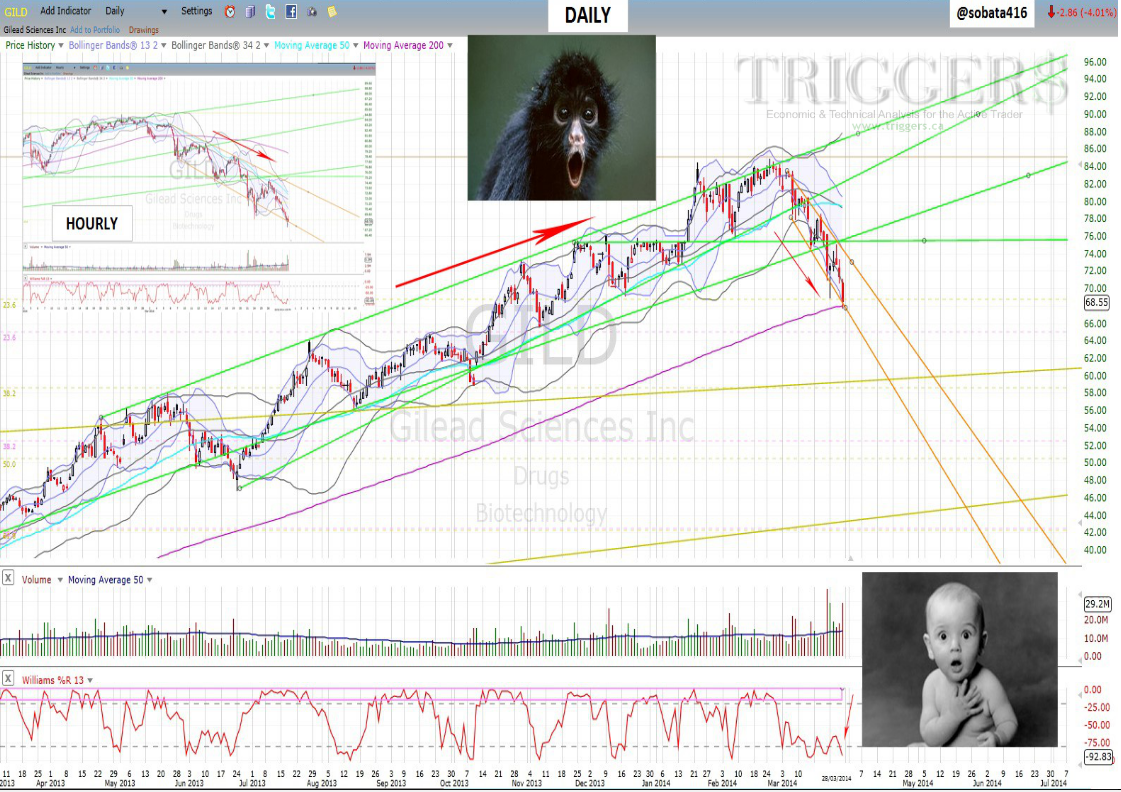


No comments:
Post a Comment